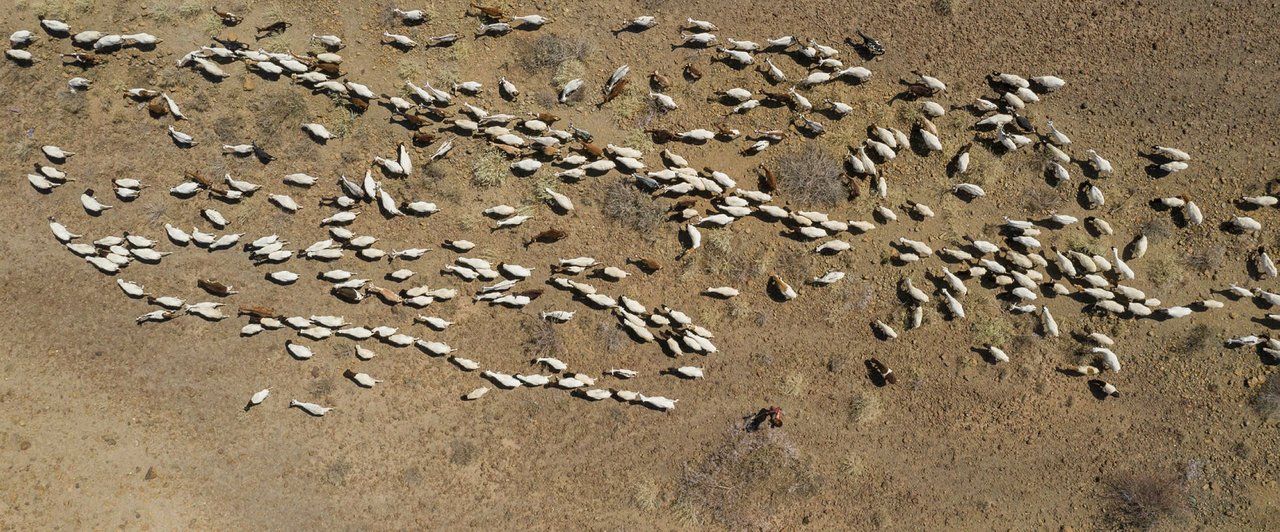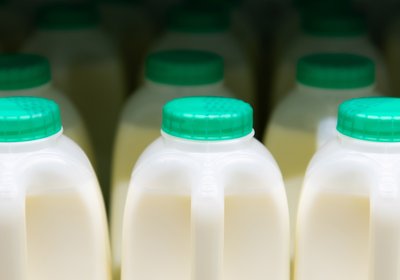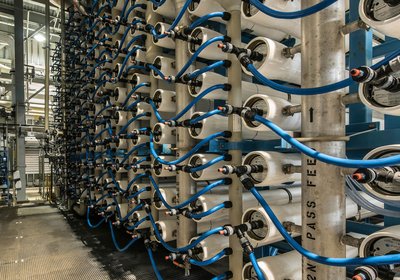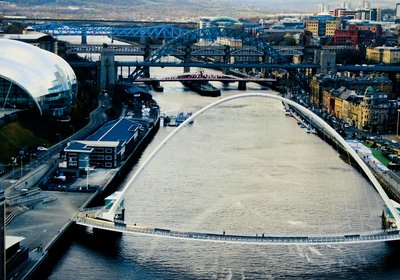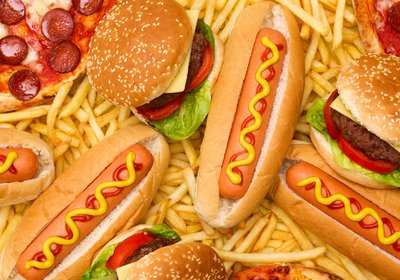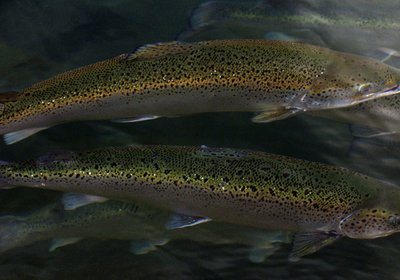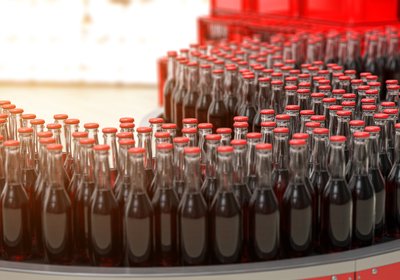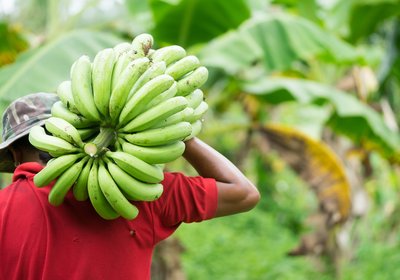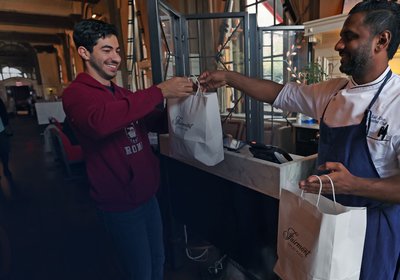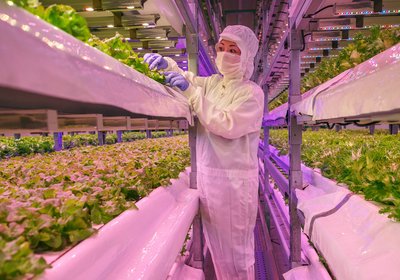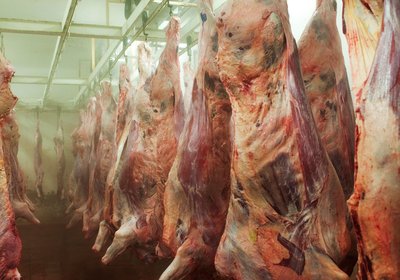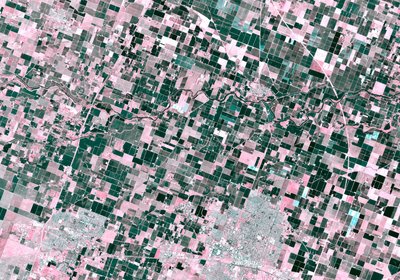High-tech tools shine a light on sustainable farming
In late July, Nordea Asset Management, which controls assets worth $230bn, excluded the Brazilian meat behemoth JBS from its portfolio following a flurry of scandals, ranging from corruption to allegations about deforestation and slavery in its supply chain.
But decisions like these are rare, not least because impact investors — who want their money to bring about social and environmental benefits — often have limited tools at their disposal to work out whether companies are meeting sustainability commitments. They face multiple hurdles, from inconsistent definitions of what constitutes responsible behaviour to opaque supply chains.
The sheer geographical reach and complexity of the food and agriculture sector only add to these problems. “Good metrics to measure how humans relate to land are hard to come by,” says Dominic Hofstetter, director of capital and investment at environmental group Climate-Kic. “We’re flying blindly in many respects.”
Visibility, however, is about to improve. A rising tide of new technologies promises to make it easier to monitor which companies are honouring their commitments on responsible land use, emissions reductions and human rights.
Eyes in the sky
One ambitious project is the UK’s Spatial Finance Initiative, established last year to explore ways of integrating geospatial data and analysis into financial decision-making. The idea is to use tiny satellites to take high-resolution images of every point on the planet every day, complemented by drone footage, with the resulting data automatically scanned and interpreted by artificial intelligence.
Researchers at the University of Oxford and the Alan Turing Institute, which studies AI and data science, believe investors will be able to use the technology to see with an unprecedented level of granularity how businesses are affecting the planet.
Initiatives such as this one build on the existing use of satellite data by many impact investors.
“The availability of satellite imagery at a low cost has grown exponentially,” says Peter van der Werf, an engagement specialist at Robeco. The Dutch asset manager has been working with Satelligence, a company that helps investors obtain detailed aerial footage so that they can manage risks such as drought or illegal deforestation.
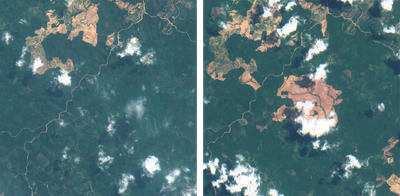
Mr van der Werf notes that this kind of intelligence needs to be augmented by insight into what is happening on the ground, much of which comes from specialist non-profit groups.
“That’s the investigative journalism side of NGOs,” he says. “They get on a motorbike and send out drones to see if there is illegal logging going on.” He adds that when it comes to social issues, such as relationships with local communities and labour rights, “you need people doing interviews on the ground and feeding that information back
Data to depend on
Other organisations are developing tools to improve corporate transparency and reporting around a wide range of metrics relevant to food and agriculture groups, from soil types and biodiversity to greenhouse gas emissions and use of plastics.
The Green Assets Wallet, set up by Stockholm Green Digital Finance, a G20-backed sustainability platform, aims to increase transparency in the green debt market. Companies can use it to provide detailed information about their sustainability achievements, while investors gain access to quantifiable data.
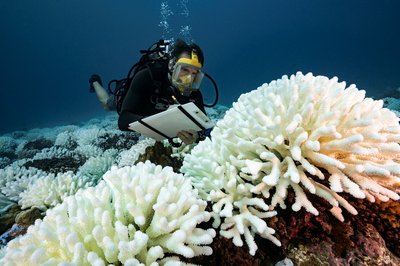
Used by big investors including asset manager BlackRock, the GAW provides a framework for bond-issuing companies to report on their sustainability and to upload incremental impact reports as well as any third-party validation processes they have undergone. Because it is based on blockchain technology, the information is permanent, reducing the incentive for companies to lie in pursuit of cheaper finance.
“There is a record of it there and it’s immutable there afterwards,” says Krista Tukiainen, head of research at the Climate Bonds Initiative, a not-for-profit that promotes green bonds. “It takes a lot of these uncertainties around whether the data is credible and comparable out of the process.”
Meanwhile, the UN’s Food and Agriculture Organization has developed another mechanism called the Ex-Ante Carbon-balance Tool to help agriculture and forestry companies calculate their total greenhouse gas emissions.
Investors are demanding additional information on non-financial metrics, but they often don’t want to pay more – Tanja Havemann, Clarmondial
Users input data on their business activities — including water consumption, land use and conservation activities — and an algorithm calculates their net carbon position. The software gives investors concrete numbers to work with in a sector that has historically struggled to quantify how much it pollutes.
But a lot of these advanced technologies come with a significant price tag, and investors do not always welcome the impact on their returns.
“Investors are demanding a lot of additional information on non-financial metrics, but they often don’t want to pay more,” explains Tanja Havemann, director of investment adviser Clarmondial. “This means that asset managers often have to absorb those costs, even though fees are being squeezed.”
Asset managers focusing on sustainable food and agriculture will ultimately have to weigh the robustness of their investment decisions against their profit margins. Technology can help — but humans must decide.
Copyright The Financial Times Limited 2020
© 2020 The Financial Times Ltd. All rights reserved. Please do not copy and paste FT articles and redistribute by email or post to the web.
